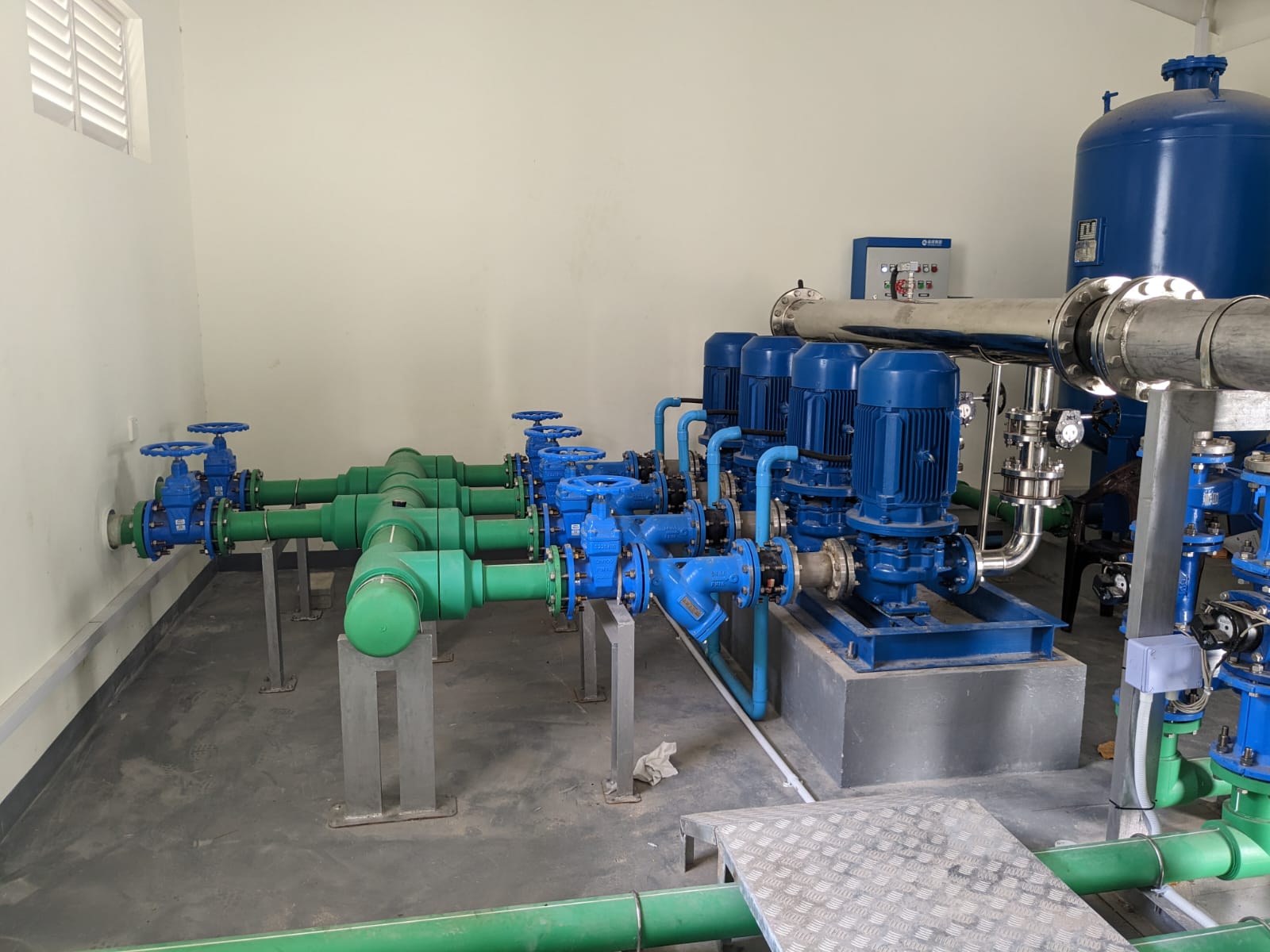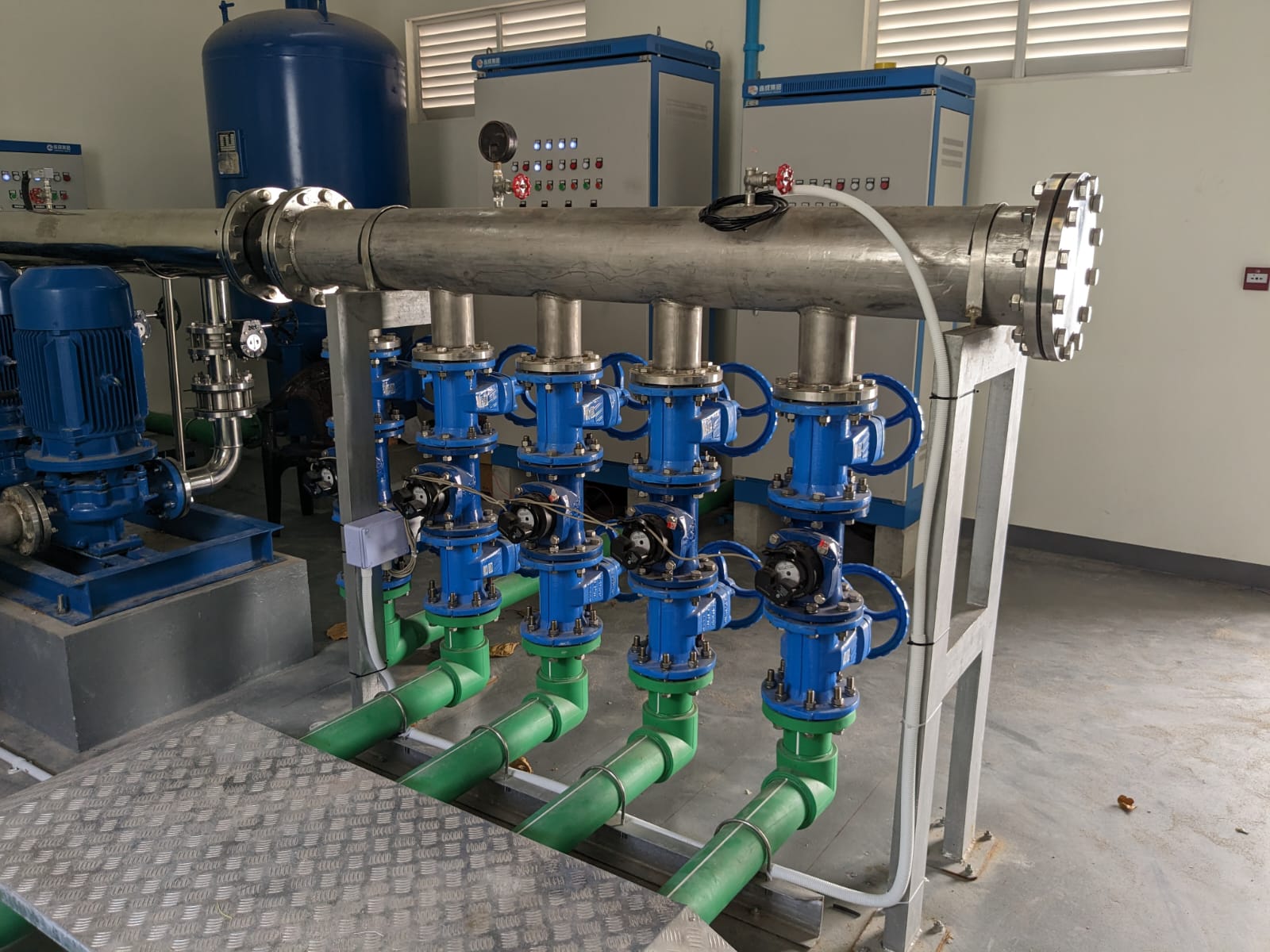Mechanical, Electrical, and Plumbing (MEP) systems are the lifeblood of any building, ensuring functionality, efficiency, and comfort for occupants. Among these essential components, MEP Plumbing stands as a critical pillar, responsible for the design, installation, and maintenance of plumbing systems within structures. From water supply to waste disposal, MEP Plumbing plays a pivotal role in ensuring the seamless operation of residential, commercial, and industrial spaces.


Importance of MEP Plumbing in Building Design:
MEP Plumbing engineering forms the backbone of a building’s plumbing infrastructure. During the design phase, meticulous planning is essential to determine the layout, pipe sizing, fixture placement, and system integration. Collaboration among architects, engineers, and contractors is crucial to ensuring that the plumbing system aligns seamlessly with other MEP systems while meeting the specific needs of the building and its occupants.
Efficient water supply and drainage systems are paramount for sustainability and functionality. Designers consider factors such as water conservation, energy efficiency, and the use of eco-friendly materials to reduce environmental impact. Incorporating technologies like low-flow fixtures, greywater recycling systems, and efficient water heating solutions are becoming commonplace to meet sustainability goals.
Challenges and Solutions in MEP Plumbing:
One of the significant challenges in MEP Plumbing lies in coordinating with other MEP systems within a building. Proper coordination ensures that plumbing layouts do not interfere with electrical or HVAC components, optimizing space utilization and preventing clashes during construction.
Another hurdle is meeting stringent regulatory standards. MEP Plumbing professionals need to navigate a complex web of local and international codes and standards to ensure compliance, safety, and quality. This includes adhering to plumbing codes, health and safety regulations, and industry standards, requiring constant vigilance and expertise.
To address these challenges, advanced technologies such as Building Information Modeling (BIM) and Computer-Aided Design (CAD) software are employed. These tools enable precise planning, clash detection, and visualization, facilitating streamlined communication among project stakeholders and reducing errors during construction.
Evolution and Future Trends in MEP Plumbing:
The field of MEP Plumbing continues to evolve with technological advancements. Innovations like smart plumbing systems equipped with sensors and IoT (Internet of Things) capabilities allow for real-time monitoring of water usage, leak detection, and remote control, promoting efficient resource management and proactive maintenance.
Moreover, prefabrication and modular construction techniques are gaining traction in MEP Plumbing. Off-site fabrication of plumbing components allows for higher precision, faster installation, and minimized on-site disruptions, significantly improving project timelines and reducing costs.
Sustainability remains a driving force in the future of Plumbing. The integration of renewable energy sources for water heating, the utilization of recycled materials, and the implementation of water-saving strategies continue to reshape the industry towards more environmentally friendly practices.
What is Plumbing?
Plumbing refers to the design, installation, and maintenance of plumbing systems within a building as part of the larger Mechanical, Electrical, and Plumbing engineering framework. It includes water supply, drainage, waste disposal, and related systems.
What are the key components of Plumbing?
The key components include piping systems, fixtures (sinks, toilets, showers), pumps, valves, water heaters, drainage systems, backflow prevention devices, and more.
What is the role of Plumbing in building design and construction?
MEP Plumbing plays a crucial role in designing efficient and functional plumbing systems for buildings. It ensures proper water supply, waste disposal, and gas distribution while adhering to safety standards and regulations.
How does Plumbing contribute to sustainability in buildings?
Plumbing designs can incorporate water-saving fixtures, energy-efficient water heaters, greywater recycling systems, and other sustainable technologies to minimize water waste and reduce the environmental impact of buildings.
What qualifications do Plumbing professionals need?
Professionals in Plumbing typically require a degree in Mechanical or Plumbing Engineering, relevant certifications, and practical experience. Knowledge of building codes, regulations, and industry standards is crucial.
What are the common challenges faced in Plumbing projects?
Challenges can include coordinating plumbing layouts with other building systems, ensuring proper drainage design, addressing potential water pressure issues, complying with local codes, and maintaining system efficiency.
How important is maintenance in Plumbing?
Maintenance is crucial for the longevity and efficiency of plumbing systems. Regular inspections, repairs, and upgrades help prevent leaks, blockages, and system failures while ensuring compliance with safety standards.
What are some emerging trends in Plumbing?
Emerging trends include the integration of smart technologies for water management, the use of sustainable materials and practices, prefabrication of plumbing components for efficiency, and the adoption of advanced software for design and simulation.
How can one ensure compliance with regulations in Plumbing?
Compliance involves staying updated with local building codes, health and safety regulations, and industry standards. Working with experienced professionals and consulting authorities can help ensure adherence to these regulations.
